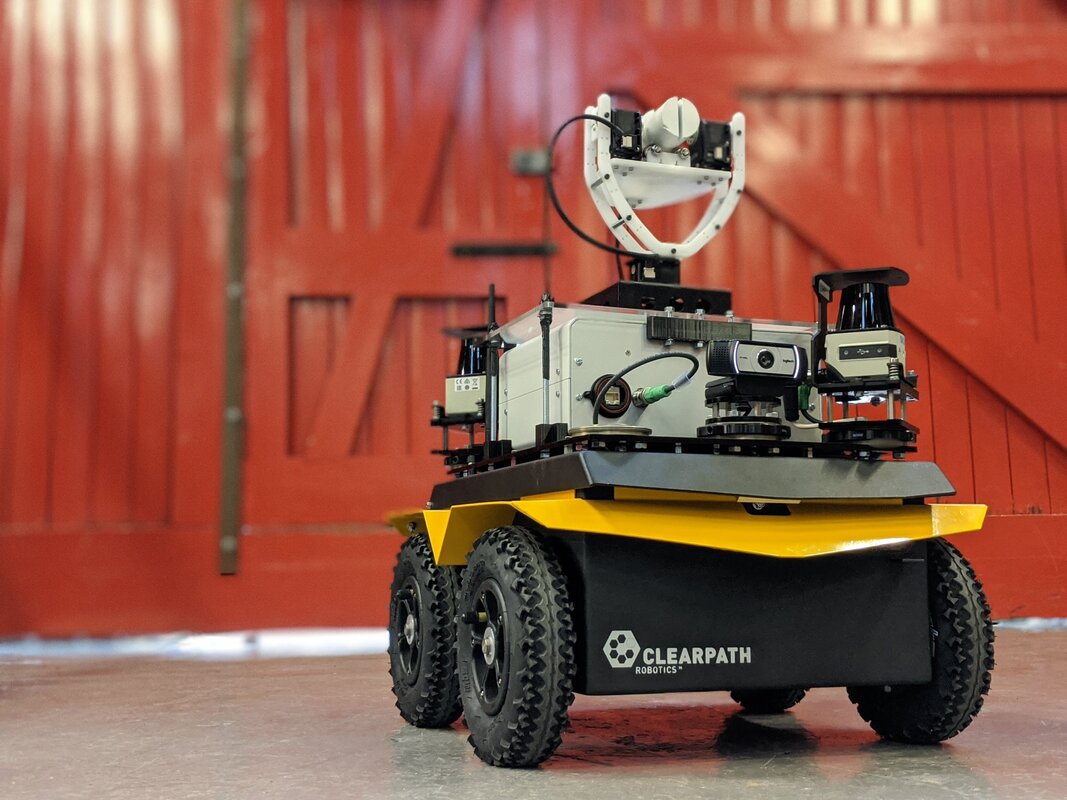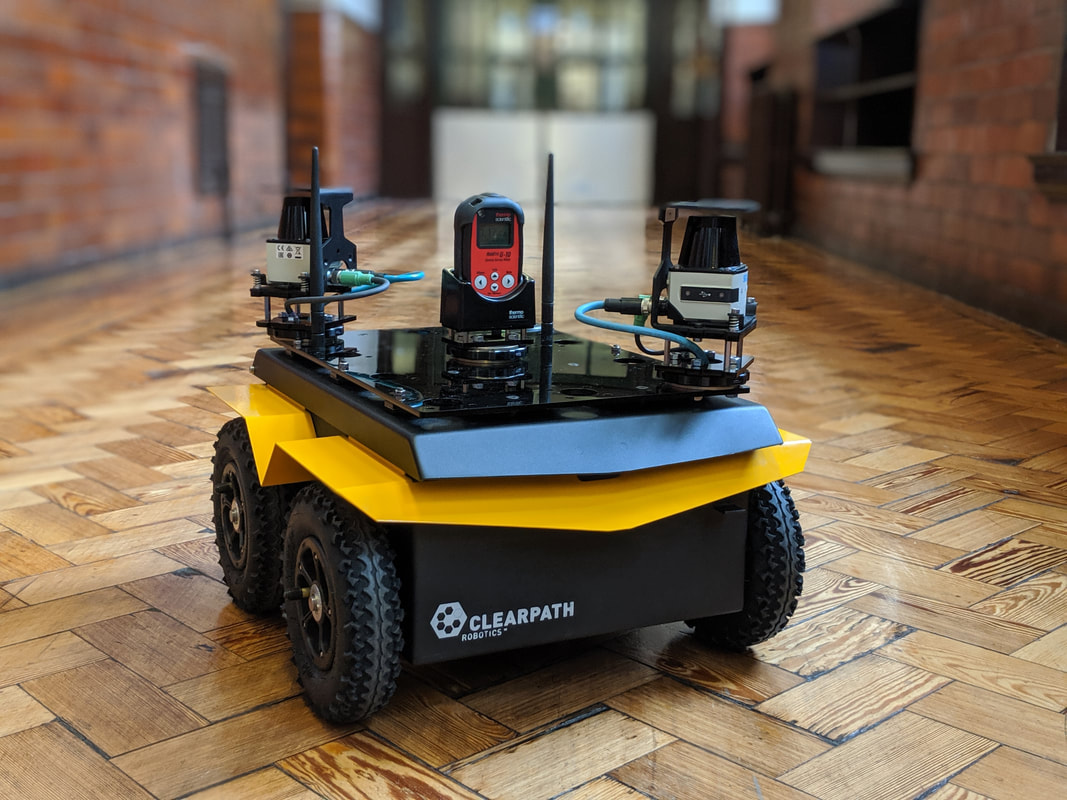About Us. |
|
The TORONE (TOtal characterisation by Remote Observation in Nuclear Environments) project is funded by the EPSRC and is made up of scientists from Lancaster and Manchester Universities, the National Nuclear Laboratory and the UK Atomic Energy Authority. The key innovative features of this project are:
The project will be focused on developing technology to characterise challenges across the nuclear industry (decommissioning, fission, fusion, chemical, biological, radiological and nuclear [CBRN] defence). Environments in the nuclear industry can broadly be divided in to two classes of challenge: sub-aqua (underwater) and terrestrial (or not in water). Sub-aqua environments include legacy and modern storage ponds and silos, tanks, cylinders and other processing equipment, sewers and drainage pipes, natural systems such as rivers, sea and groundwater and the reactors at the Fukushima Daiichi site. Terrestrial environments include dry storage silos, short, medium and long-term waste storage sites, geological disposal facilities, inside the torus within a nuclear fusion reactor and general environments encountered in chemical, biological, radiological and nuclear (CBRN) defence. |


